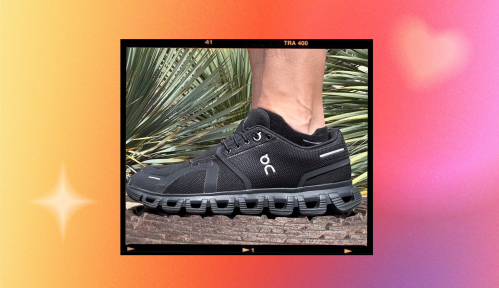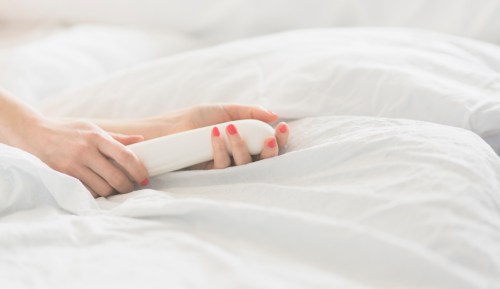Our editors independently select these products. Making a purchase through our links may earn Well+Good a commission
When Richard Bottiglione, MD, started practicing dermatology in the 1970s, it was right when Retin-A, a vitamin-A derivative that can help manage everything from acne to wrinkles, first became popular. But because the ingredient has always been restricted to prescription use (which is still the case, even now), it can be difficult to get your hands on. While many turn to retinol, a less-potent byproduct of Retin-A, as an over-the-counter alternative, Dr. Bottiglione says you’re much better off using glycolic acid.
Experts in This Article
a board-certified dermatologist based in Arizona.
Both of these ingredients offer similar results, but they deliver them in different ways. Glycolic acid is one of the best chemically exfoliating ingredients money can buy. It’s a sugar-derived alpha hydroxy acid that works by melting the “glue” that holds dead skin cells to the surface of your skin to make way for healthy new ones to emerge. On the other hand, retinol works to stimulate cellular turnover from deep within the layers of your dermis to precipitate that healthy cell switch. Both are known to stimulate collagen, brighten dull skin, improve texture, fade discoloration, and fend off acne.
So why does Dr. Bottiglione believe glycolic acid reigns supreme? Because potent retinoids weren’t available over the counter until 2016 (the year the FDA approved Differin Gel for OTC sale), dermatologists traditionally steered their patients toward glycolic acid for treating skin concerns at home. “We started with glycolic because glycolic acid, which is a real acid, is competitive to Retin-A, tretinoin acid,” says Dr. Bottiglione, founder of skin-care brand Dermatologist’s Choice. He explains that in the early 80s, there was some discussion about whether glycolic acid should become a prescription-only ingredient, too, but that didn’t happen.
“That left the door open for us to be able to sell it to people without a prescription,” he says. “That’s why glycolic is considered the main competition to real Retin-A because you don’t need a prescription. Because retinol is in the inactive form of Retin-A, it’s not really competition at all.” In other words, you’re still able to purchase more potent glycolic products over the counter than you are retinoids, which means you’re getting more bang for your buck without a prescription.
If you, like me, are a die-hard retinol fan, this probably feels like a gut punch. But it’s not that retinol is useless—according to Dr. Bottiglione, it’s just not the most efficient product if you’re looking for immediate results. That’s because unlike Retin-A, retinol doesn’t work its magic immediately. First, your skin has to convert retinol to its active form of retinoic acid, meaning it has slower and more subtle results. Plus, as most derms will tell you, retinol takes at least four weeks to start to work its magic. So if you’re hoping to clear up acne, brighten hyperpigmentation, or soften wrinkles, Dr. Bottiglione says glycolic acid will change your skin much faster than retinol.
That said, it’s not for the faint of heart. While glycolic acid tends to be a bit less irritating than Retin-A, Dr. Bottiglione says good glycolic acid stings a bit when you put it on. This, he explains, is a good sign that the ingredient is getting deep into your pores. “When you put glycolic on, or you use Retin-A, it’ll take that dead layer, the top layer of skin off,” says Dr. Bottiglione. “Retin-A and glycolic penetrate into the pores and out into the dermis to start the rejuvenation process.”
To find a product that works, pros recommend looking for a 10 percent concentration of glycolic acid formulated at a 3.5 pH. Then, if your skin can tolerate it, you can move on to something stronger. If you experience redness or irritation, though, it’s a sign that you’re doing too much. In this case, you should opt for a lower concentration of actives or limit your frequency of use.
From creams to serums to peel pads, we have options for introducing glycolic acid into our routines. But not all glycolic acids are created equally. Shop six powerful glycolic acids that you can feel working below.
6 powerful glycolic acids to use
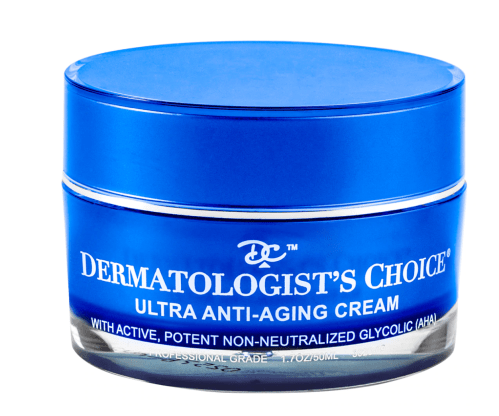
Dermatologist's Choice Ultra Anti-Aging Cream — $85.00
Straight from Dr. Bottiglione’s brand, this cream is made with non-neutralized glycolic acid. The molecules are formulated at an optimal size to penetrate the pores, which allows them to effectively promote exfoliation and stimulate collagen production. The cream also includes vitamin E to protect skin from environmental stressors and shea butter to deeply moisturize and nourish.
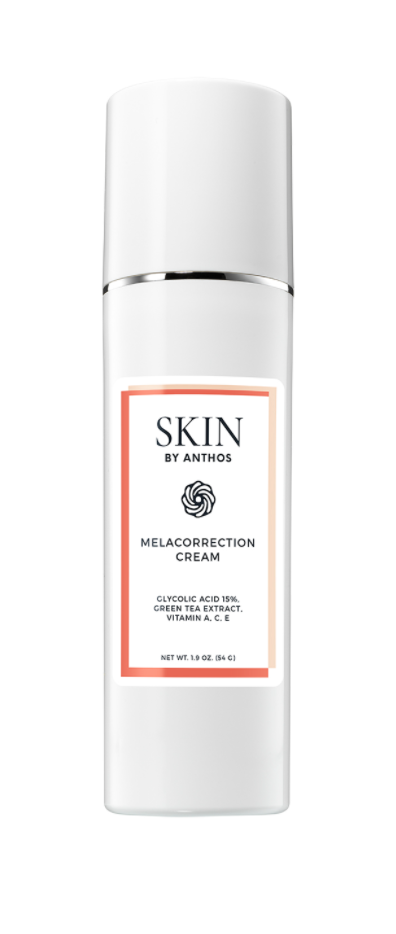
Skin By Anthos Melacorrection Cream — $55.00 to $65.00
The first time I used this glycolic acid I immediately washed it off because the tingle scared me. Once I realized that was supposed to happen, I fell in love. It’s a wonderful feeling knowing that the product you’re using is actually doing something. This cream faded my stubborn post-acne dark spots in a matter of weeks and helped to keep any pimples that arose at bay. It’s available in 15 percent glycolic acid ($55), and the one I use, a slightly stronger 20 percent glycolic acid ($65).

Dr. Dennis Gross Skincare Alpha Beta Universal Daily Peel — $17.00 to $150.00
These peel pads from Dr. Dennis Gross are considered the holy grail. Derms, celebs, and beauty editors alike swear by them for keeping complexions bright and clear. First, you swipe on the peel, which includes a blend of glycolic acid and salicylic acid, and let the sting happen for two minutes. Next, you go in with the neutralizer to calm the skin back down.
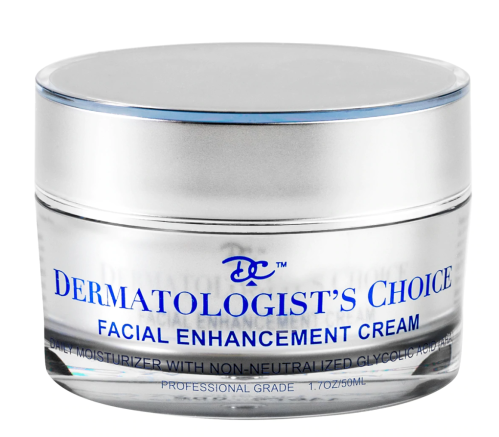
Dermatologist's Choice Facial Enhancement Cream — $60.00
If you want to experience glycolic but want to start with baby steps, this cream from Dr. Bottiglione’s line is a perfect choice. It’s powerful enough to work but gentle enough for even sensitive skin to use. It’s also made with protective and brightening vitamin c and nourishing shea butter.
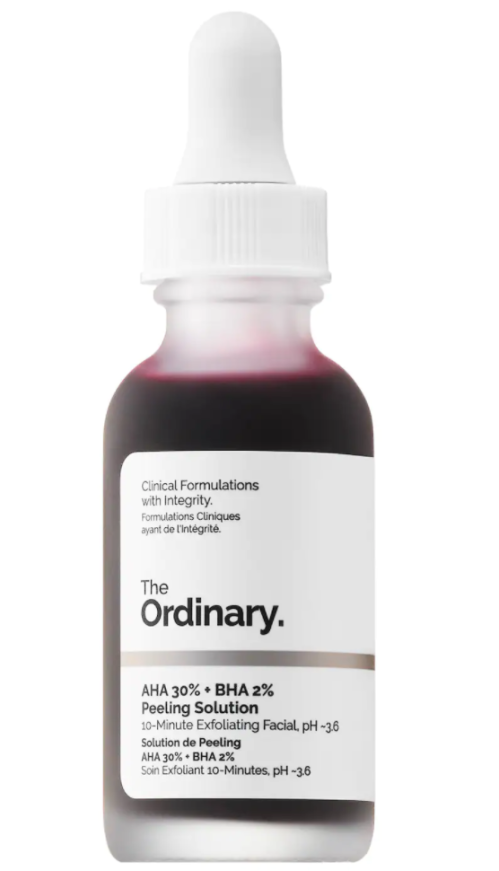
The Ordinary AHA 30% + BHA 2% Exfoliating Peeling Solution — $8.00
This solution blends glycolic acid, lactic acid, and salicylic acid to deeply exfoliate the skin. It’s a great beginner peel in the sense that it’s only $8, but it’s still pretty powerful and does burn when you apply. So ease into it, and maybe don’t leave it on for the full 10 minutes the first time you use it.
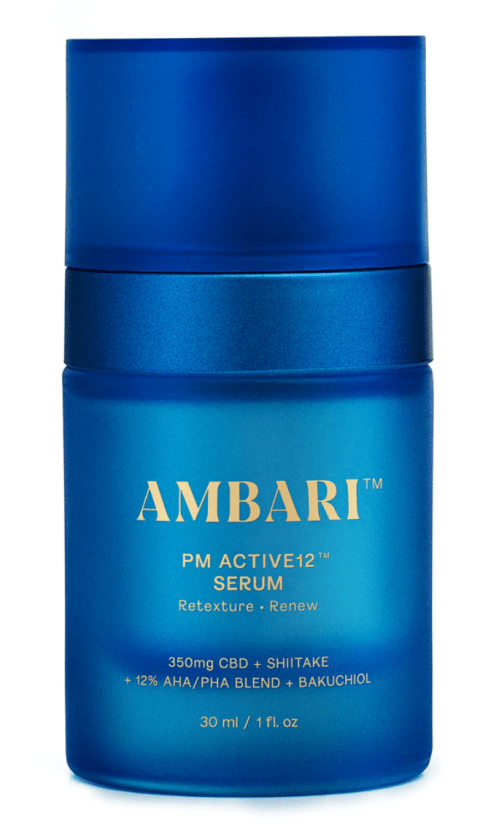
Ambari Beauty PM Active12 Serum — $98.00
This serum from Ambari works to exfoliate your skin with glycolic acid and lactic acid along with shiitake mushroom, which is full of exfoliating antioxidants. The formula also includes bakuchiol and niacinamide to help improve skin brightness and lessen the appearance of dark spots and fine lines. Finally, CBD works to calm inflammation and soothe the skin.
Oh hi! You look like someone who loves free workouts, discounts for cutting-edge wellness brands, and exclusive Well+Good content. Sign up for Well+, our online community of wellness insiders, and unlock your rewards instantly.
Sign up for the Well+Good SHOP Newsletter
Get exclusive deals on wellness, beauty, fitness, and food products that have been hand-picked by our editors.
Got it, you've been added to our email list.








